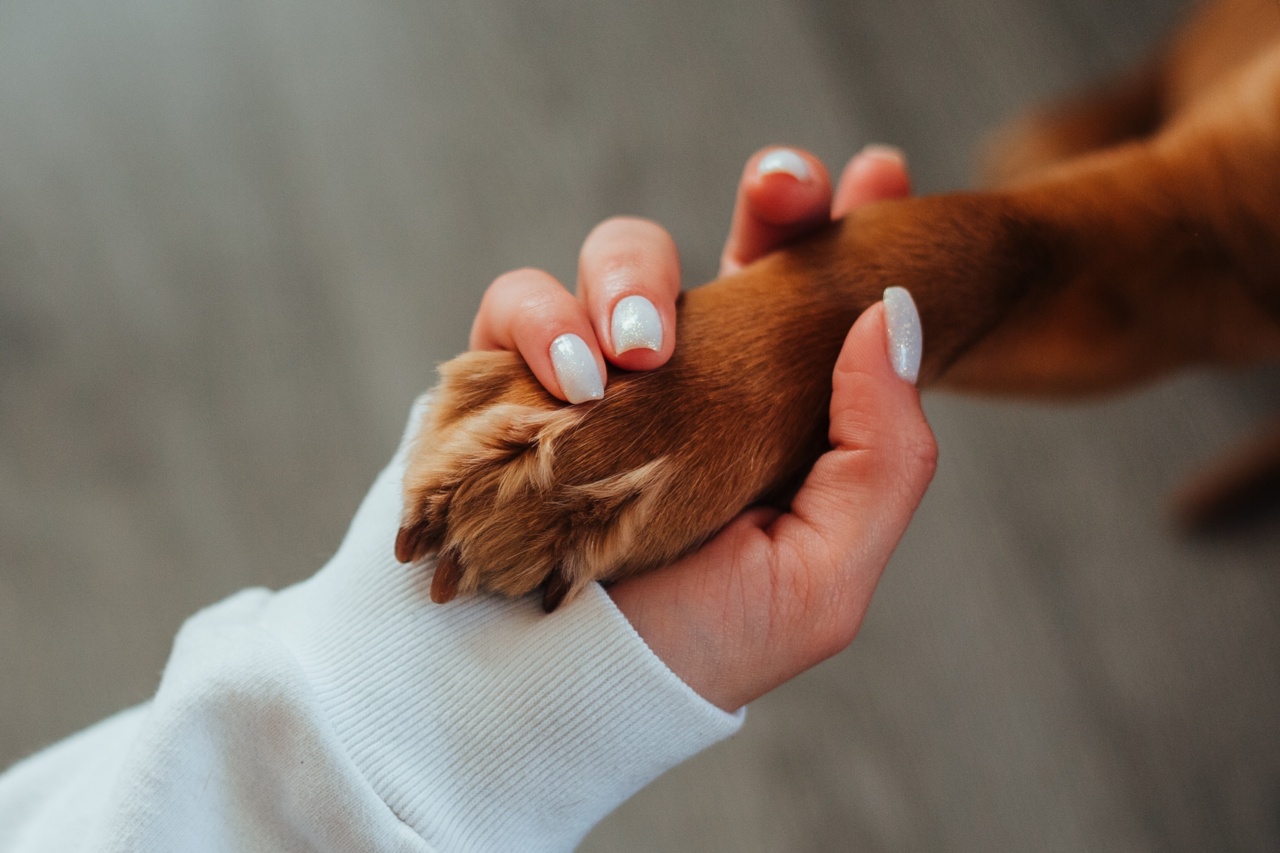When it comes to training our furry companions, there are countless methods and techniques available. Some rely on dominance and aggression to establish authority, while others focus on reward-based strategies.
However, one young girl has proven that love and positivity can be the key to successful, long-lasting training – not just for dogs, but for humans too.
Meet Samantha
Samantha is an 11-year-old girl from Florida who has been training dogs since she was just six years old. She started out by helping her grandparents with their dogs, and quickly discovered a love and talent for training.
Since then, she has trained numerous dogs, including her own beloved pets.
What sets Samantha apart from many other trainers is her commitment to using positive reinforcement techniques. Instead of punishing a dog for bad behavior, Samantha focuses on rewarding good behavior with praise, treats, or playtime.
She firmly believes that this approach not only yields better results, but also helps create a stronger bond between owner and pet.
The benefits of positive reinforcement training
Positive reinforcement training is a method that relies on rewarding a dog for good behavior, rather than punishing them for bad behavior. This can take many forms, such as giving treats, verbal praise, or playtime.
By rewarding good behavior, the dog is more likely to repeat that behavior in the future.
There are many benefits to using positive reinforcement training techniques, including:.
- Improved behavior: Dogs are more likely to exhibit good behavior when they know that they will be rewarded for it.
- Better relationship: Positive reinforcement training helps establish a bond of trust and respect between owner and pet.
- Less stress: Punishment-based training can be stressful for dogs, leading to anxiety and fear. Positive reinforcement training creates a more relaxed, enjoyable atmosphere for both the dog and owner.
- More fun: Dogs love to play and interact with their owners, and positive reinforcement training allows for plenty of fun and games.
Overall, positive reinforcement training is a powerful method that can help owners and dogs alike. By focusing on good behavior and building a strong bond, owners can train their dogs in a way that is both effective and enjoyable.
How to train your dog with love and positivity
If you’re interested in training your dog using positive reinforcement techniques, there are a few key principles to keep in mind:.
Focus on rewards, not punishments
The most important aspect of positive reinforcement training is rewarding good behavior. This can take many forms, such as treats, praise, or playtime. Focus on catching your dog doing something right, and reward them immediately.
This will help reinforce that behavior and make it more likely to continue.
It’s also important to avoid punishing bad behavior. Instead, try to redirect your dog to a more positive behavior and reward that instead.
For example, if your dog is jumping up on people, try asking them to “sit” instead and reward them for that behavior.
Be consistent
Consistency is key when it comes to training a dog. Make sure that everyone in your household is using the same commands and rewards, and that your dog is getting consistent reinforcement for good behavior.
This will help your dog understand what is expected of them and make it easier for them to learn.
Keep training sessions short and fun
Dogs have short attention spans, so it’s important to keep training sessions short and engaging. Try to keep them to 5-10 minutes at a time, and make sure that you’re incorporating plenty of play and positive reinforcement.
This will keep your dog motivated and excited about training.
Practice regularly
Practice makes perfect, and that’s certainly true when it comes to training your dog. Try to set aside time each day for training, even if it’s just a few minutes.
This will help keep your dog in practice and reinforce good behavior over time.
In conclusion
Training your dog with love and positivity is not only effective, but also enjoyable for both you and your furry friend. By focusing on rewards and building a strong bond, you can create a well-trained, happy, and healthy dog.

























